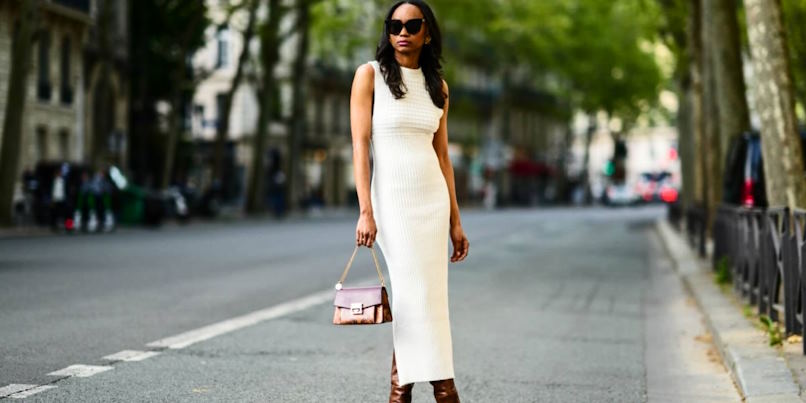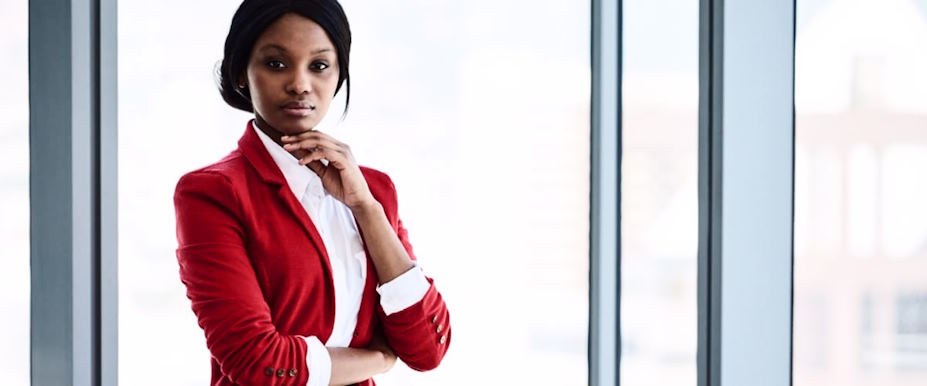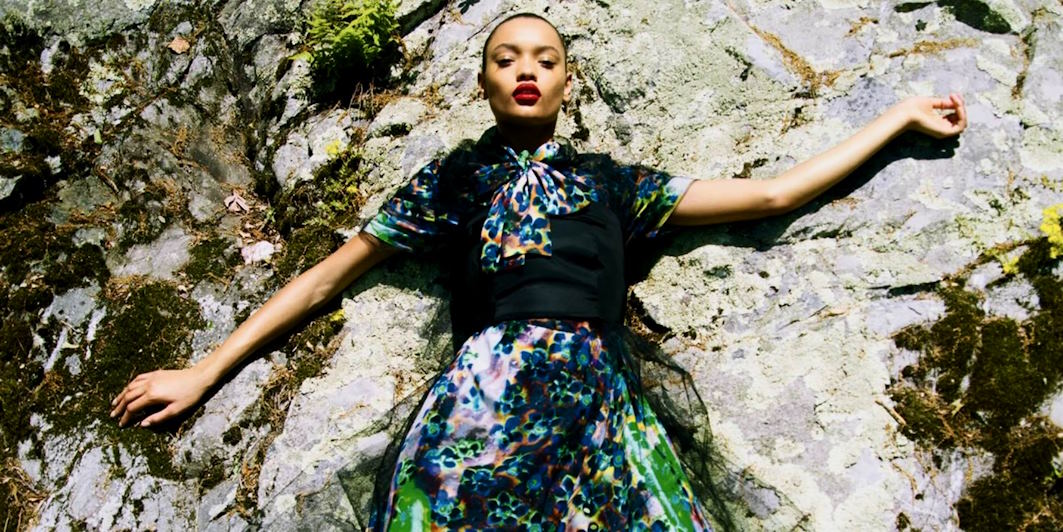
Fashion is not just about the clothes we wear but also a powerful form of self-expression. Color is one aspect of fashion that significantly influences our style choices and how we are perceived. Colors can evoke emotions, convey messages, and shape our perceptions. Understanding the psychology of color in fashion can help us make intentional choices and harness the power of color to create the desired impact. Let’s explore how different colors in fashion can influence our thoughts, feelings, and behaviors:
Red
Red is a bold, attention-grabbing color associated with passion, power, and energy. It can evoke strong emotions and make a statement. Wearing red can boost confidence and make you appear more assertive and powerful. It is often associated with love and can be used strategically to draw attention or create a sense of excitement.
Blue
Blue is a calming and serene color that represents trust, stability, and intelligence. It has a soothing effect on the mind and is often associated with reliability and professionalism. Wearing blue can convey a sense of trustworthiness and competence. It is versatile in various shades, from light and airy to deep and regal.
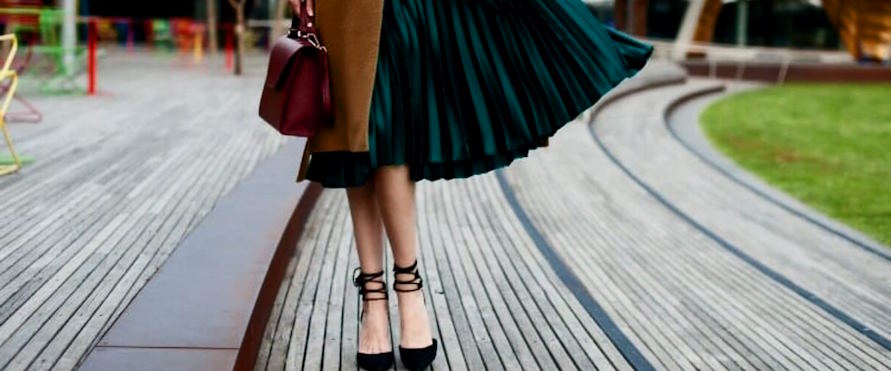
Yellow
Yellow is a vibrant and cheerful color that symbolizes optimism, happiness, and creativity. It can evoke feelings of joy and warmth. Yellow can help you stand out and project a positive and friendly image. It is often associated with energy and can boost mood and confidence.
Green
Green is a color that represents nature, balance, and harmony. It is associated with growth, renewal, and freshness. Wearing green can create a sense of tranquility and is often linked to feelings of calmness and relaxation. It can also be associated with wealth and prosperity.
Pink
Pink is a soft and feminine color representing love, compassion, and nurturing. It is often associated with sweetness and tenderness. Wearing pink can evoke feelings of gentleness and warmth. It is a versatile color that ranges from soft pastel shades to bolder and brighter tones.
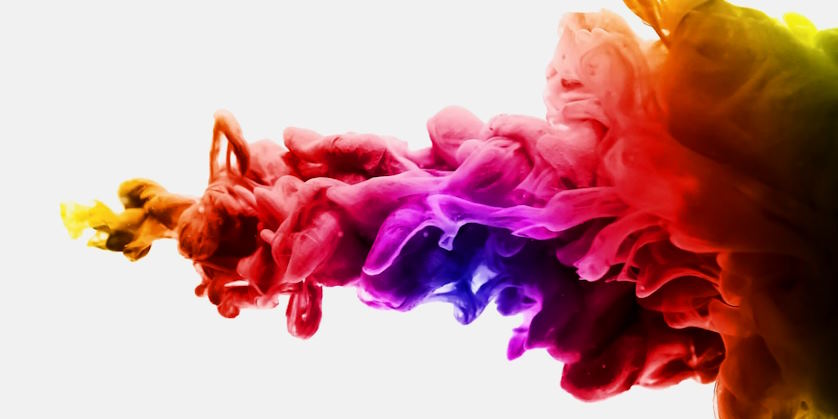
Black
Black is a color that represents sophistication, power, and elegance. It is often associated with formality and can create a sense of mystery and authority. Wearing black can give a timeless and classic look, and it is known for its slimming effect. It is a versatile color that can be effortlessly dressed up or down.
White
White is a color that symbolizes purity, cleanliness, and simplicity. It is often associated with innocence and can create a sense of calmness and neutrality. Wearing white can give a fresh and crisp look, and it is often chosen for its simplicity and versatility.
These are just a few examples of the colors commonly found in fashion and their associated psychological effects. It’s important to note that personal experiences, cultural backgrounds, and individual preferences can also influence the interpretation of colors. Experimenting with different colors can be fun to explore your style and project specific emotions or messages through your fashion choices.

